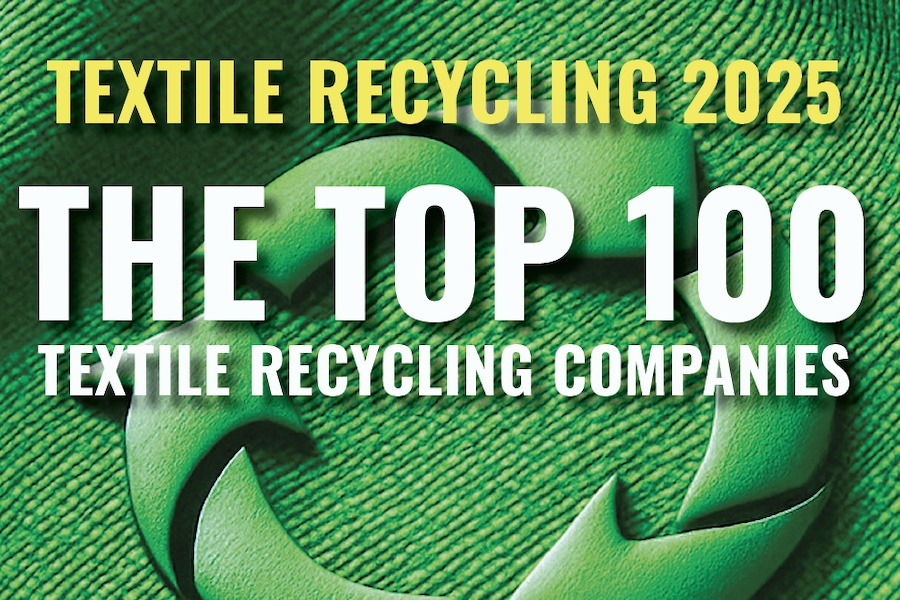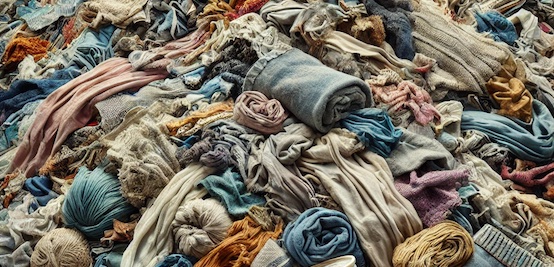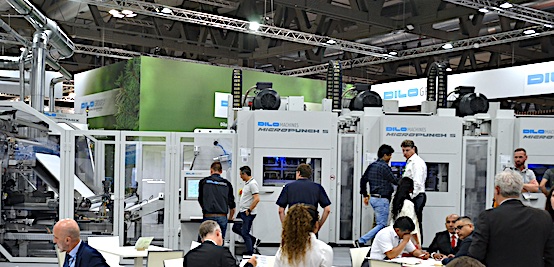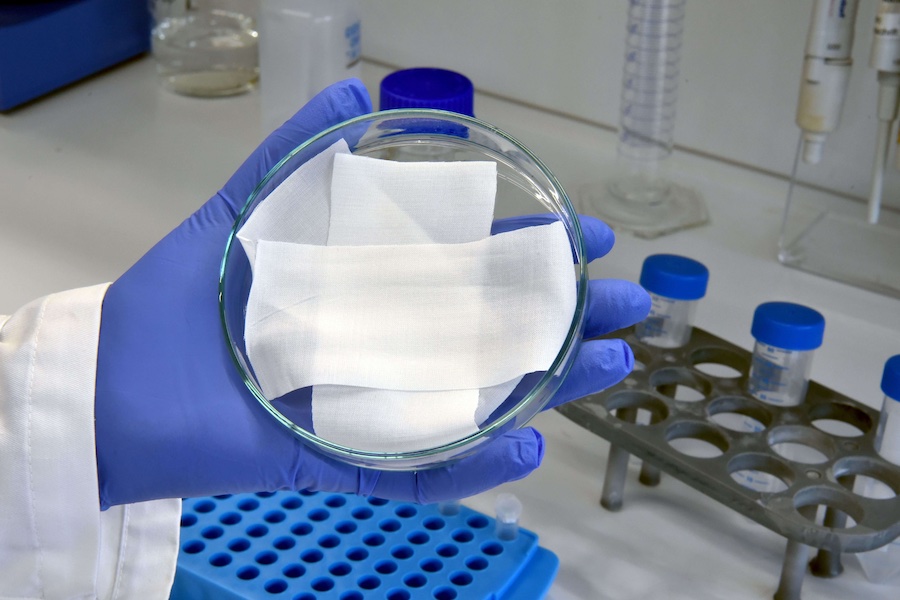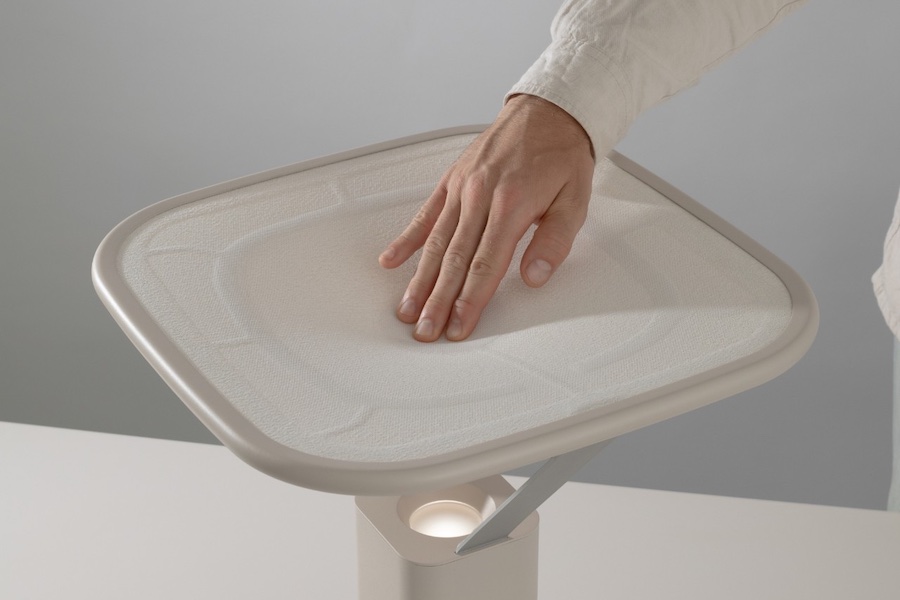#Nonwovens / Technical Textiles
Nonwovens 2021 and what to expect in 2022 and beyond…
The industry’s shifting focus
As a result, less attention has perhaps been paid to the many durable applications for these engineered materials, particularly in the automotive sector, which was very negatively impacted by the Covid-19 pandemic. As the automotive industry recovers, however, nonwovens will start to find many new applications that will help in the transition away from the internal combustion engine.
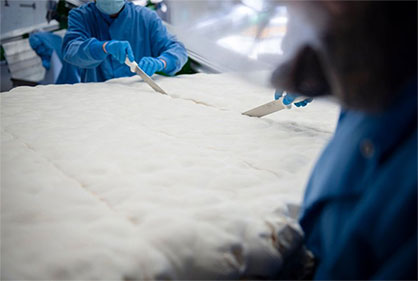
“Plant Powered to Become Climate Positive”
This was the theme of Unilever’s COP26 Conference presentation, highlighting how science and nature can combine for new innovations, and already, some sheet materials themselves are being grown, rather than manufactured in the conventional way.?Microfibre-based artificial leathers such as Alcantara and Dinamica, pioneered by the Japanese companies Toray and Asahi Kasei respectively, are today the preferred option to natural leather for many leading car manufacturers and their customers. The benefits they bring include breathability, softness and scuff resistance, as well as the flexibility they allow in seat and component assembly and their ability to take bold colours. They also have compelling sustainability messages and as a result command premium prices – way beyond what can be commanded by most nonwoven products.
Mycelium: alternative leather materials
Now, however, new companies like Ecovative are introducing alternative leather materials based on mycelium obtained from plentiful fungal colonies. At Ecovative’s Mycelium Foundry in New York, a 100% bio-based mycelium material is being grown in sheets up to 24 metres in length and 1.8 metres wide. The materials can be grown to specific needs in terms of tensile strength, density and fibre orientation and the entire growth process takes only nine days to yield a ready-to-finish material free of plastic scrims and synthetic coatings. Are such products nonwovens? They would appear to conform to the ISO and CEN definition of nonwovens as “engineered fibrous assemblies, primarily planar, which have been given a designed level of structural integrity”, but at this stage it’s perhaps a little too early to say.
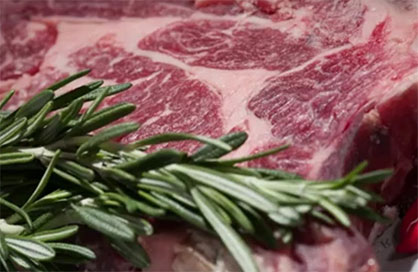
Cultured meat and nanofibers nonwovens for cultivation
The same can be said for the edible plant-based scaffolds produced by Estonian nanofibre producer Gelatex. It is estimated that by 2040, 35% of all meat consumed will also be grown, or cultured, from animal cells. Nanofibres are already widely used for cell cultivation in the medical field, and in growing meat, it is necessary to have a scaffold in order to achieve a steak-like structure. Other possible solutions for this application have proved too expensive, but Gelatex says it can make cultured meat a reality at competitive prices. Its proprietary system for producing nanofibre nonwoven sheets is much more productive than existing electrospinning technology and the unique 3D structure of its material works with many cell lines, meaning it can be used to make pork, beef, or fish. In November 2021, Gelatex secured €1.2 million in seed funding.
Brake dust filters for a healthier air quality in cities
In durable applications for more conventional nonwovens, fine dust particle filter media for electric vehicles are already promising to become a major new market application, These are currently being pioneered by Mercedes Benz Vans on the latest Sustaineer demonstrator urban delivery vehicle. Braking in city traffic creates significantly more dust than exhaust emissions – every braking action creates dust through friction on the disc and pads. This mainly comprises particulates, more than 90% of which are ultra-fine, and therefore harmful to both health and the environment. The filters, developed by Germany’s Mann+Hummel, are fitted on both the front-end module and the underbody of the Mercedes vans and can reduce the vehicle’s particulate emissions by more than 50%. The efficiency of the filtration system increases further when there is a higher level of particle pollution. This means that in urban areas with poorer air quality, far greater quantities of fine particles can be filtered out. Experts are agreed that the air in cities must be improved, and the World Health Organization (WHO) has just issued new guidelines recommending a significant reduction in nitrogen dioxide and particulate matter levels.
Batteries and innovative new uses of nonwovens
This is not the first new application for nonwovens in new propulsion vehicles and it’s unlikely to be the last. A number of nonwovens companies are now manufacturing battery separators in what is already a significant market. Typical hybrid vehicles contain 50-70 lithium-ion (Li-ion) batteries, plug-in electric vehicles with range-extending motors have 80 to more than 200 batteries, and fully electric vehicles carry 150 or more. Within each battery, the separator is a sheet positioned between the two electrodes. It functions as a barrier that prevents the electrodes from touching and shorting while letting lithium ions pass back and forth to allow the charge and discharge of the battery. Nonwoven battery undercovers that optimally meet the specific requirements for the acoustic and thermal management of electric vehicles are another growing application, as pioneered by Autoneum. Its Ultra-Silent solution for this application is 50% lighter than components made of plastic with a high degree of shock resistance. In addition, it is mostly made from recycled PET fibres that can be fully reclaimed.
Fuel cell cars with nonwoven gas diffusion layers (GDLs)
In the longer term, fuel cell cars are likely to come to the fore, since compared to battery-powered cars, they have a longer range, can be refuelled in only a few minutes, and are also suitable for buses and trucks. For this nascent market, nonwoven gas diffusion layers (GDLs) ensure that hydrogen fuel is converted into power as efficiently as possible. They have a three-dimensional fibre structure and a chemically stable coating of electrically conductive carbon particles which makes them highly functional. Within the single fuel cell stack, the GDL is positioned between the bipolar anode and cathode plates at either side of the catalyst coated membranes. The material must be both thin and stiff as well as porous but thermally and electrically conductive – and keep water out while ensuring the membranes in the fuel cell remain wet.
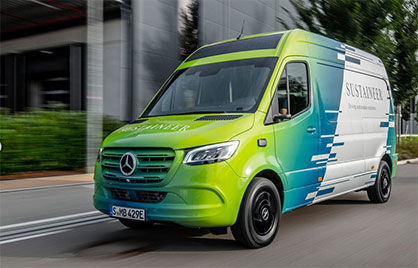
The industry’s shifting focus
In 2020 and 2021 much of the focus of the nonwovens industry has understandably been on single-use applications for PPE, sanitizing, healthcare and hygiene. As a result, less attention has perhaps been paid to the many durable applications for these engineered materials, particularly in the automotive sector, which was very negatively impacted by the Covid-19 pandemic. As the automotive industry recovers, however, nonwovens will start to find many new applications that will help in the transition away from the internal combustion engine.



